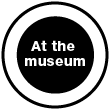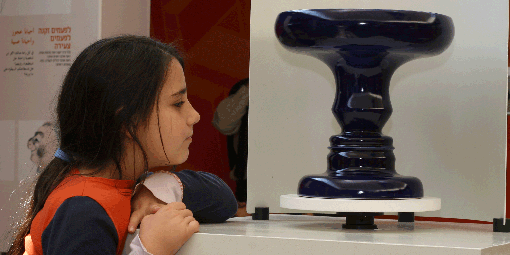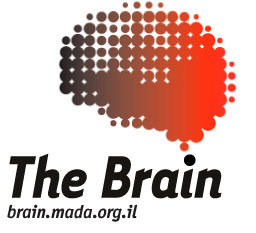|
 Goblet or Faces?
Goblet or Faces?
What do you see? A rotating goblet or two faces?
Can you see the goblet and the faces at the same time?
Can you control which image you see?
The brain is not equipped to supply two different interpretations of the same image. That's why our perception switches back and forth from one interpretation to the other.
To identify an object, the brain discriminates it from its background. The white color behind the moving goblet creates a form that the brain identifies - two faces in profile. Brain imaging research has shown that different areas of the brain are activated when a viewer perceives either the faces or the goblet.
The museum display is a three-dimensional version of this famous illusion. As the goblet rotates, the images sometimes appear to be speaking.
Explanation:
One of the functions of the brain is to identify objects that have meaning. Before it does that, it must discriminate between an object and its background. In the goblet-face illusion, the line separating the black and white areas can indicate the profile of the two faces or the outline of the goblet. There are therefore two ways of perceiving the picture; the "object," according to one perception, is the "background" for other perception. Our perception switches back and forth between the two interpretations. We're not able to "see" both at the same time, even though the picture reaching the eye never changes.
This illusion demonstrates that what we perceive is not determined only by the picture that reaches our eye's retina. Our brain is also busy analyzing the picture to determine which object to identify. It uses the information stored in its memory to present us with a picture that has meaning. We also have control over what we see by purposely concentrating on one of the two possible images.
Link:
A more detailed explanation:
http://www.psychologie.tu-dresden.de/i1/kaw/diverses%20Material/www.illusionworks.com/html/figure_ground.html
Related exhibits:
A Pair of Images
Tournament of the Eyes - Right vs. Left
|






 Goblet or Faces?
Goblet or Faces?